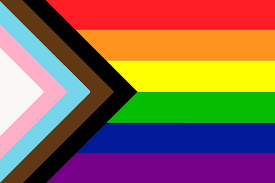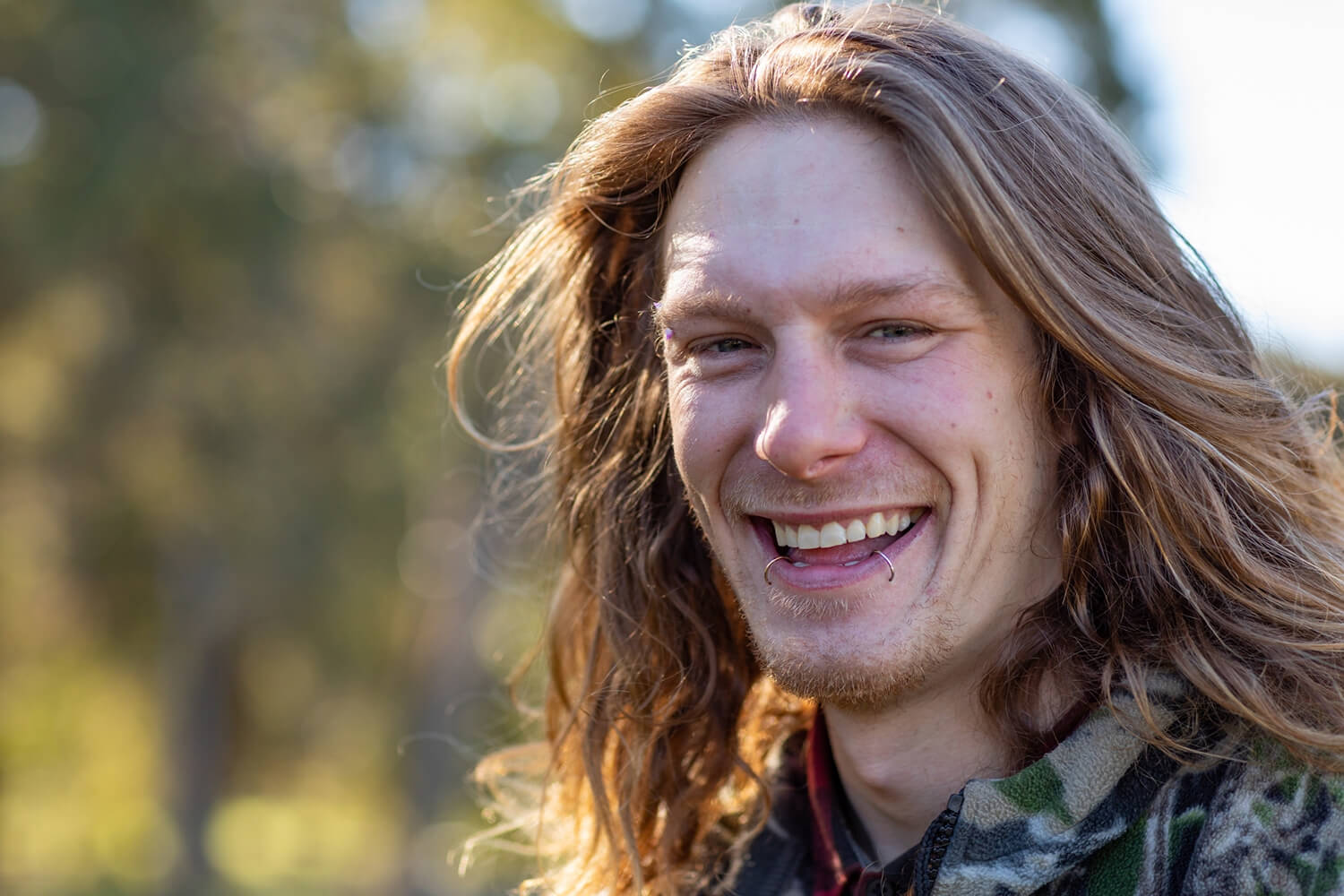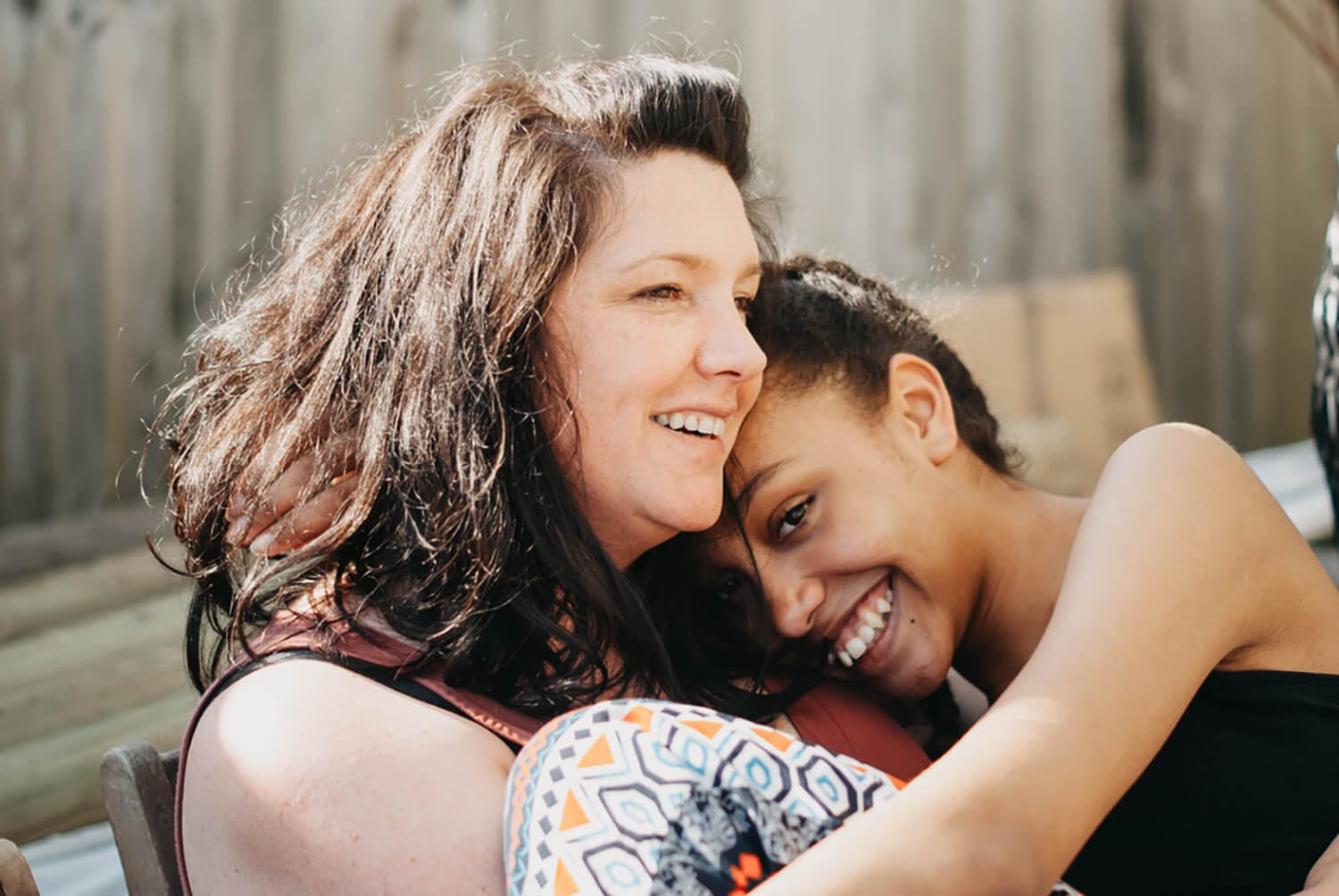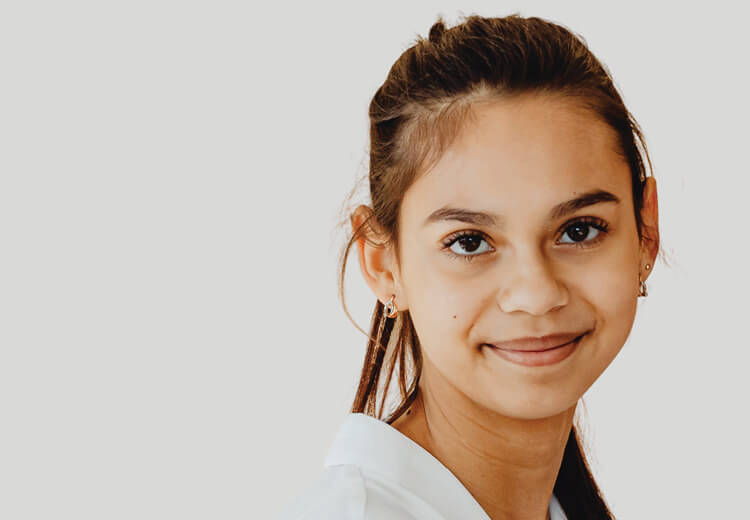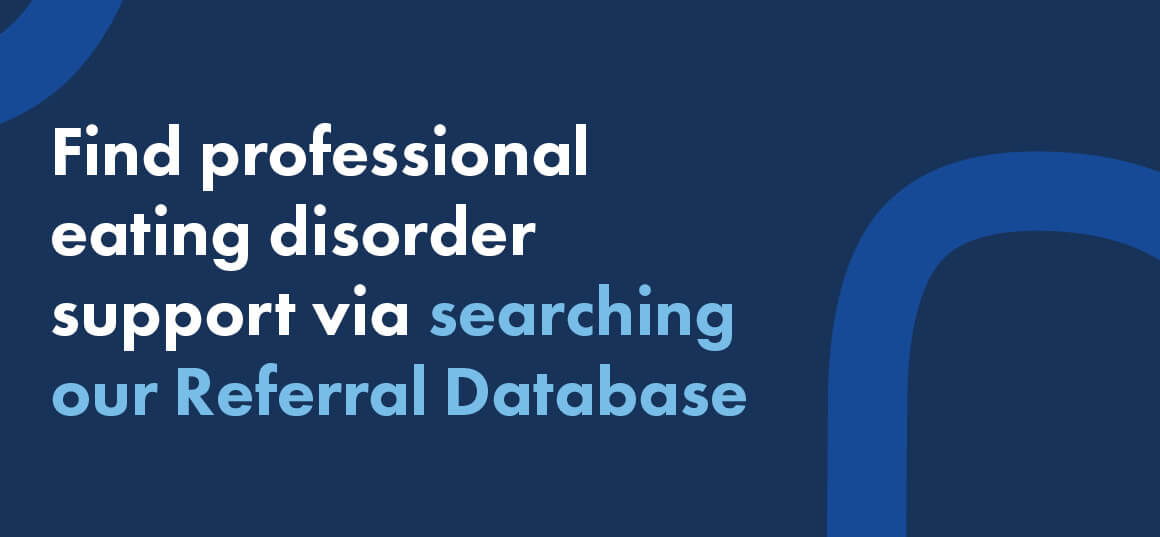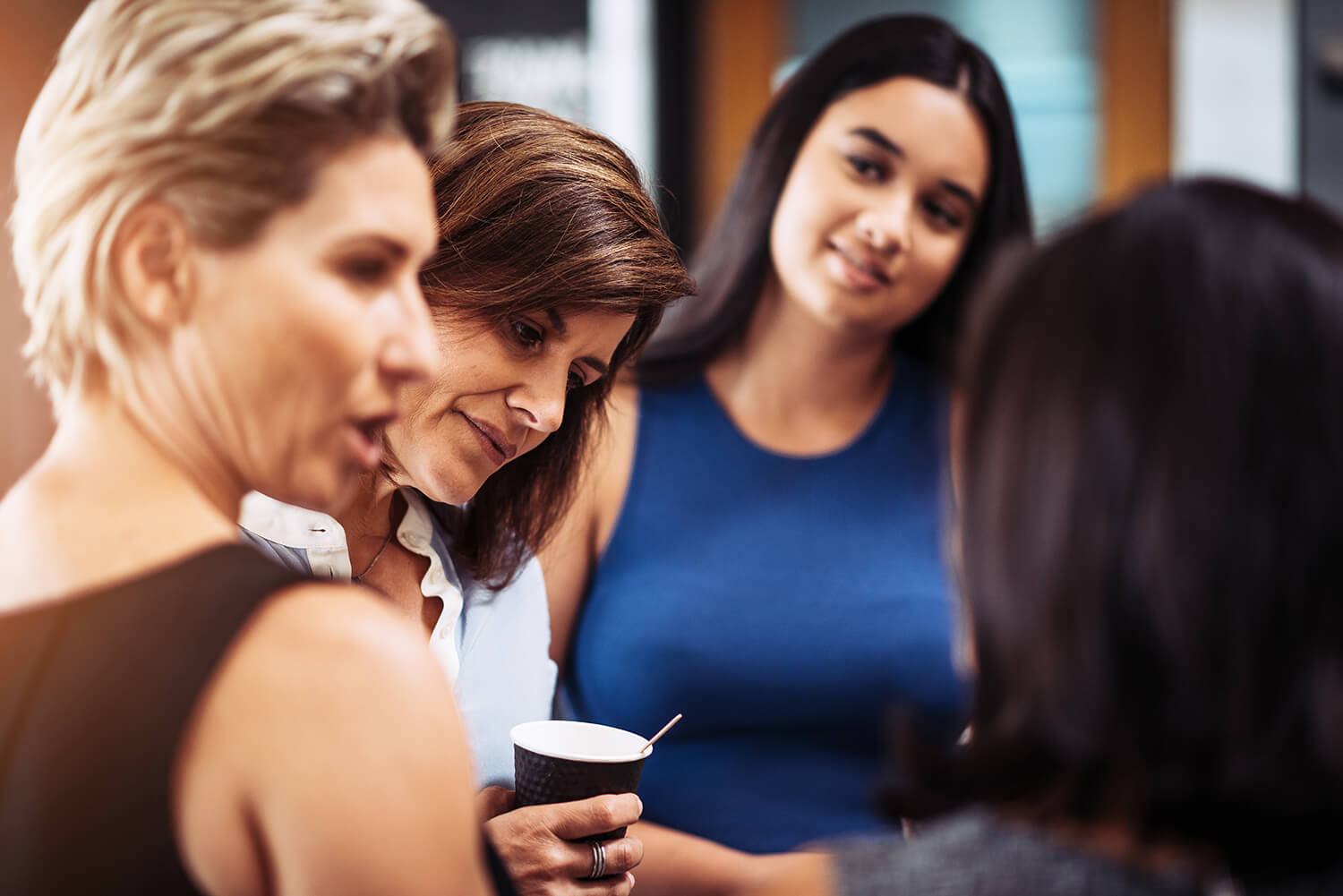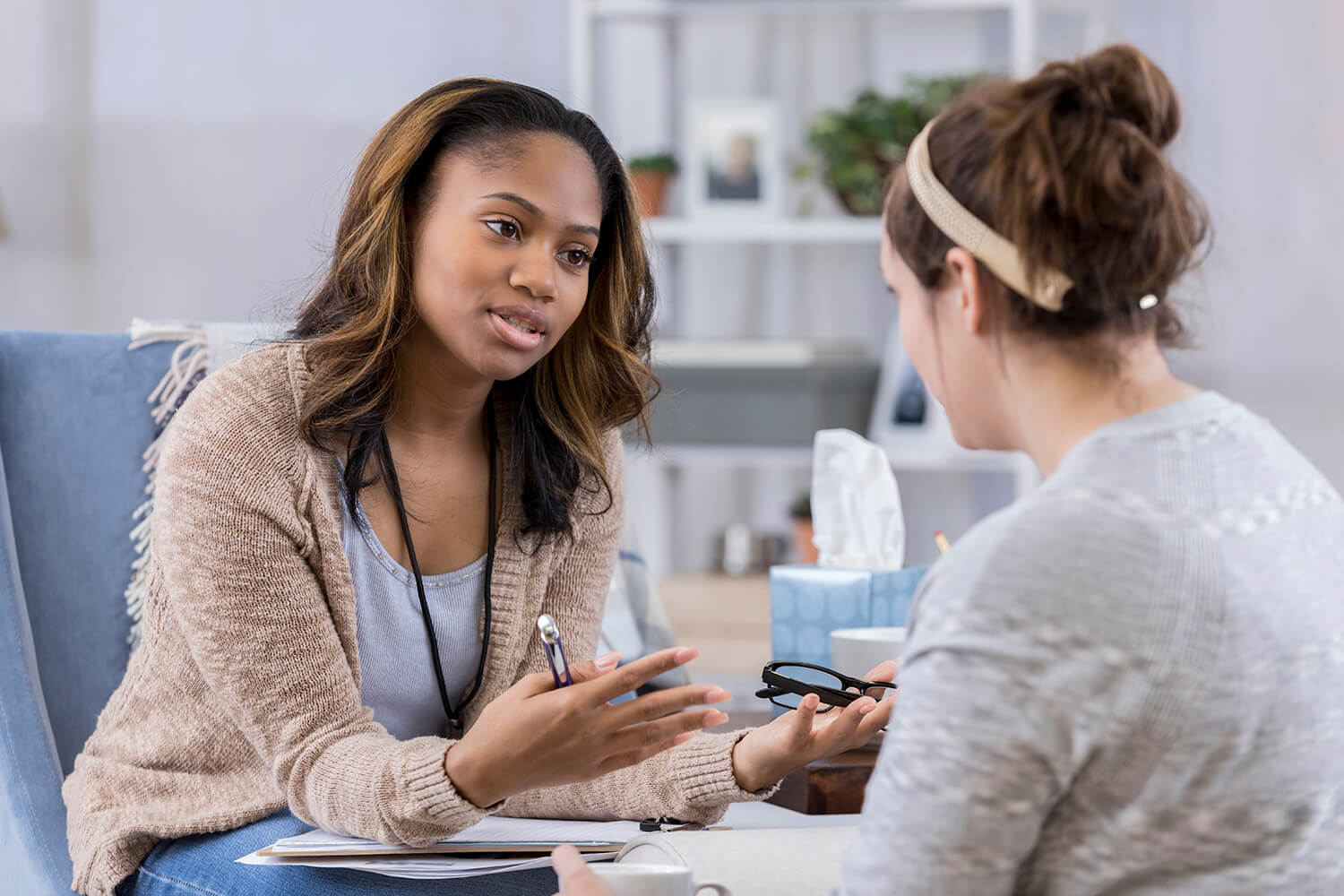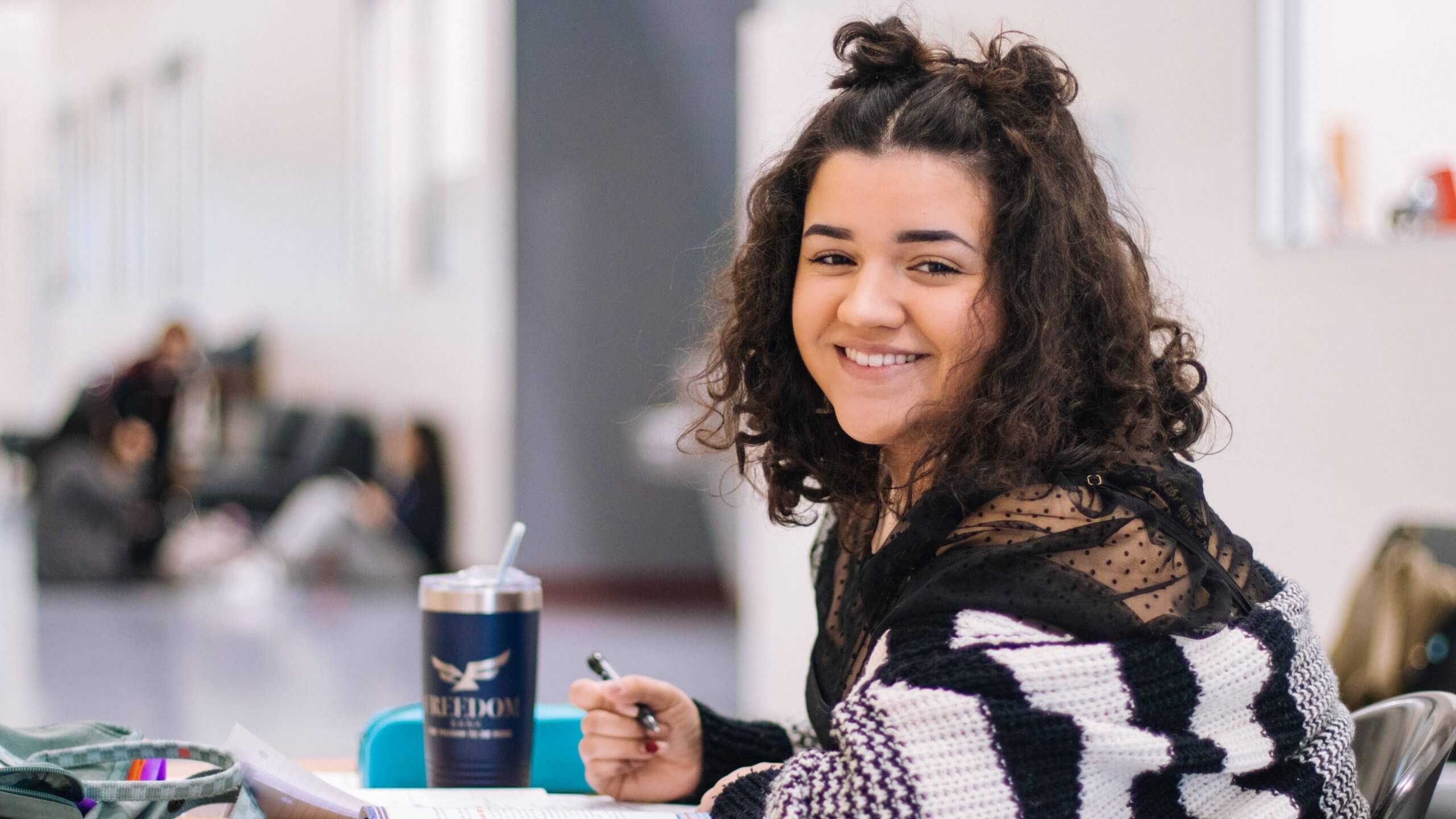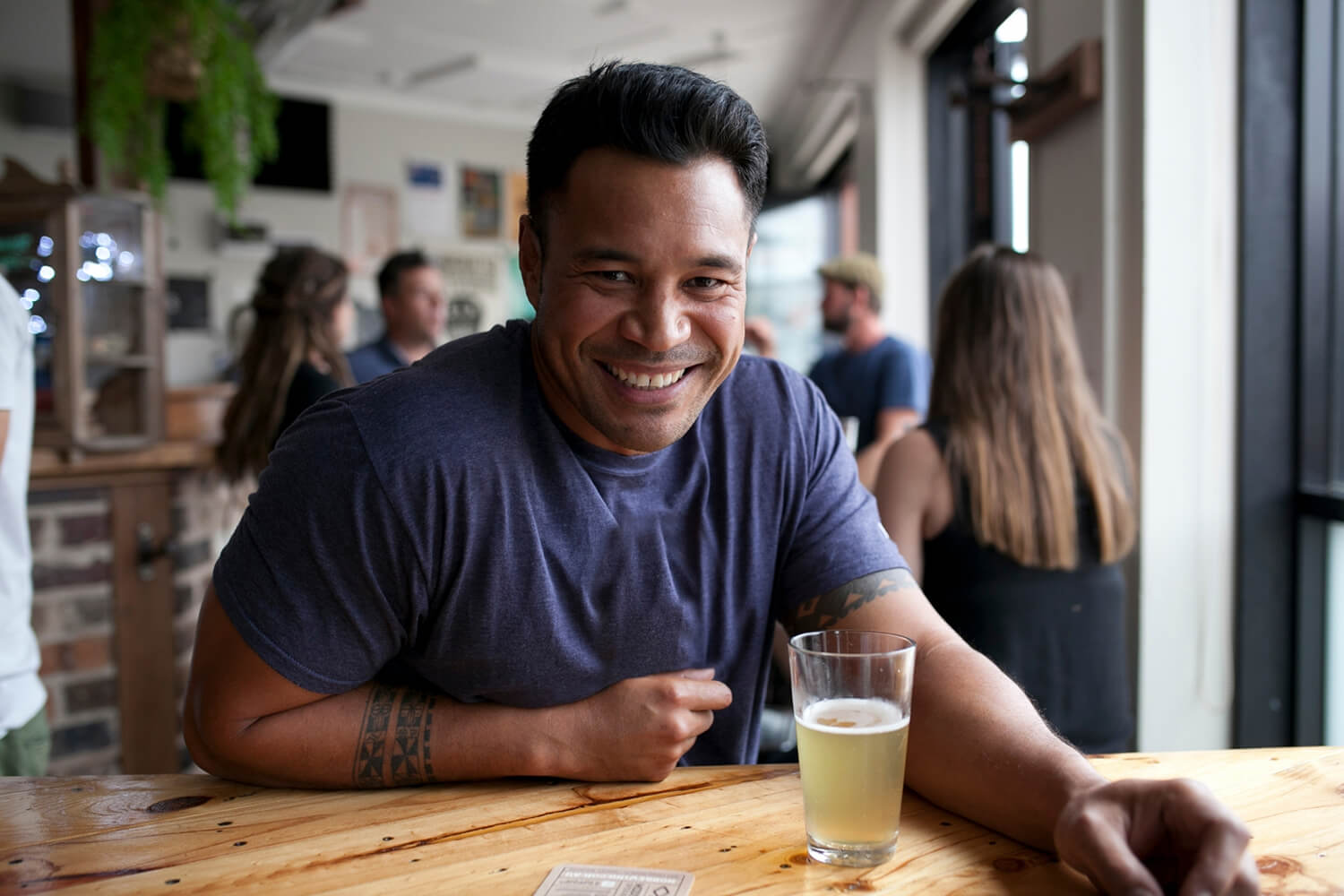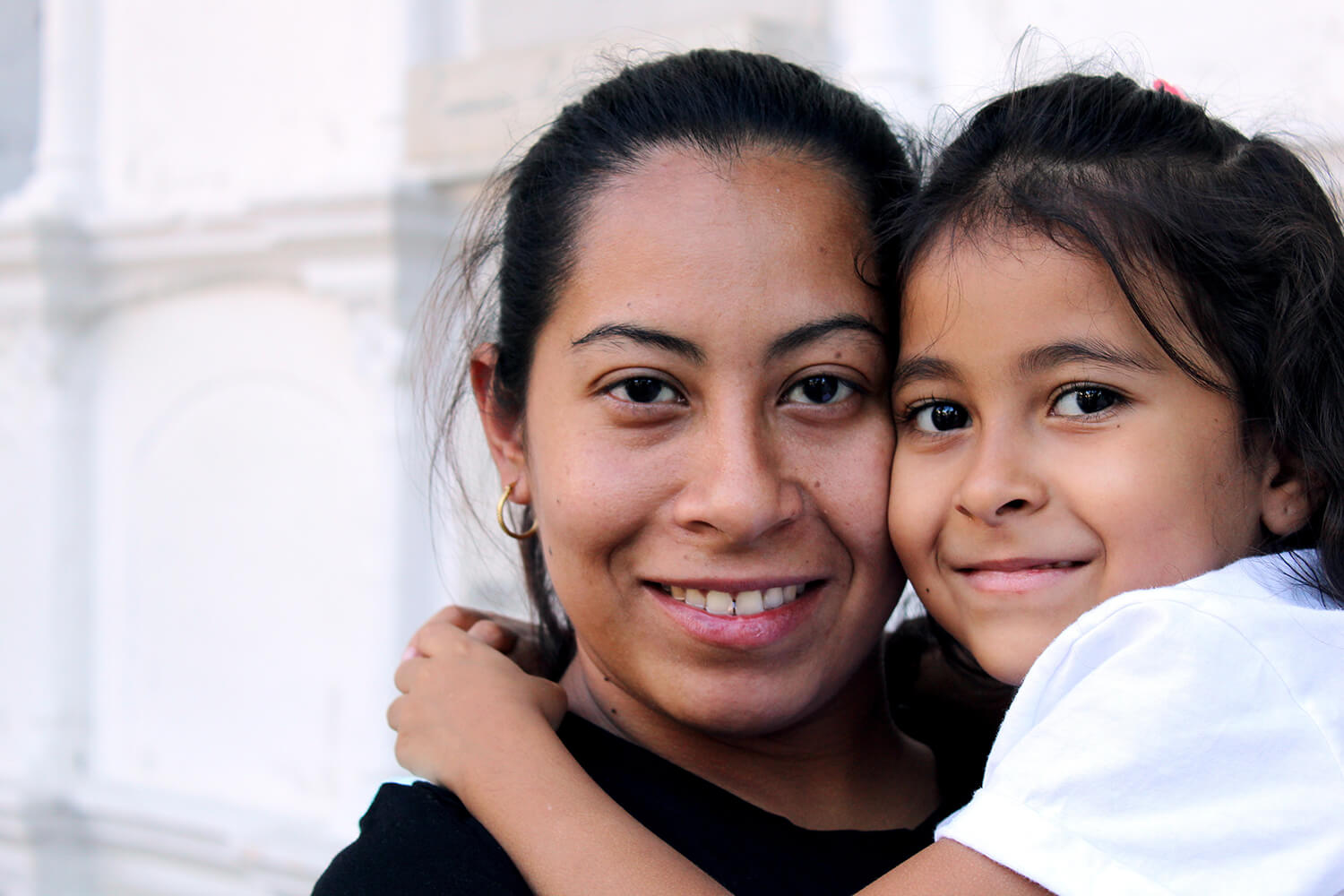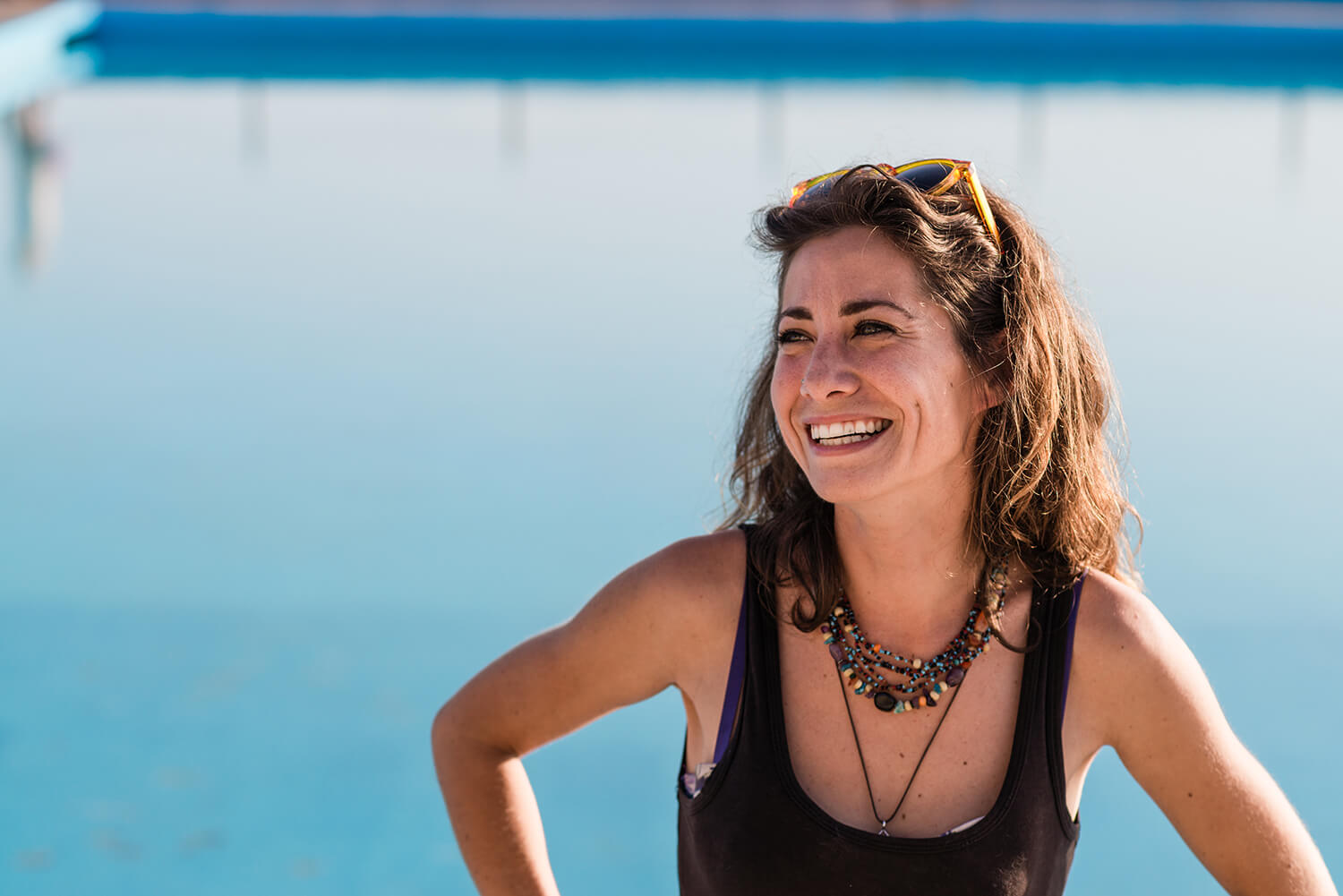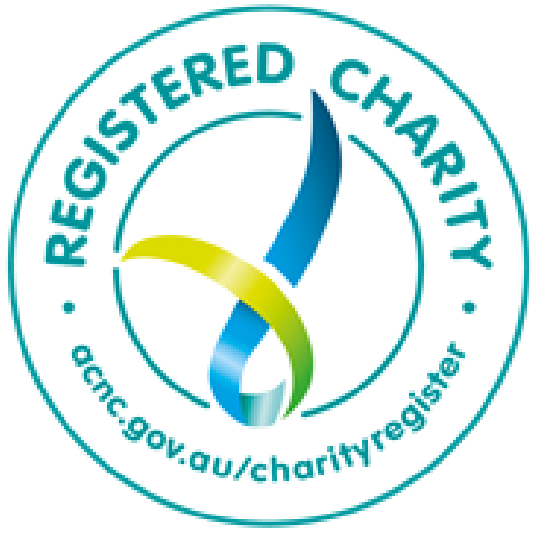What does an eating disorder look like to you?
About a million people in Australia will be struggling with an eating disorder during a season which is often defined by feasting – but the people around them won’t know. Why? Because they don’t look the way people with eating disorders are supposed to look. They don’t fit the stereotype.
Myths around who is affected by eating disorders account for why experts believe a significant number of people go undiagnosed and don’t get support. They don’t feel like they can get help because their experience feels so unusual.
In this episode, we hear from AJ, an Indigenous man who thought that eating disorders only happened to pretty girls who did ballet, and that what he was experiencing couldn’t be treated. June, in her 70s now, lived with a debilitating eating disorder for years before she was diagnosed well into her 30s. Katie, living in a larger body, has a history of starving herself. Expert researcher Claire Lister and Dr Michelle Blanchard from the National Mental Health Commission and National Stigma Report Card offer insights into why, too often, people with eating disorders ‘hide in plain sight’.
READ BUTTERFLY’S COMMUNITY INSIGHTS REPORT
Katie Parrott:
All of those things I was doing. If you just if you wrote them down without knowing what I looked like, anybody would say that was an eating disorder.
June Alexander:
The stereotype that you have to be thin to have an eating disorder is so false. People can look —I hate to use the word normal—and have a very, very serious eating disorder.
AJ Williams-Tchen:
I had heard of eating disorders, but I thought that they only happened to pretty young girls that do ballet.
Katie:
It was not only that I didn’t feel like I could access help, but it was also that I didn’t know I needed help.
AJ:
Coming from an Aboriginal background, I didn’t even know anybody who was Aboriginal that actually had an eating disorder either.
Sam Ikin:
It’s the holiday season again, and while we’ll be putting on our happy faces and making plans to meet up with family and friends, maybe in person this time, or maybe online again, we’re not all looking forward to it. Many of us will be feeling quite isolated because no one around us understands what we’re going through. They don’t have any idea that we have an eating disorder or what that even means, because we don’t look like what they think a person with an eating disorder is supposed to look like.
Michelle Blanchard:
We’re getting some of the way there, people are starting to understand that these are really complex issues, but we do still have a long way to go, particularly when it comes to some of the assumptions that people might make about what a person with an eating disorder looks like
Sam:
About a million Australians are going into this season, which is defined by feasting, struggling with an eating disorder. Many of them hiding in plain sight, they’ll be suffering, but the people around them won’t have any idea because they don’t fit the stereotype. They don’t look the way eating disorders are supposed to look. And then there are the people who are undiagnosed, maybe they’re not sure what’s wrong or they don’t feel like they can come forward. For a multitude of reasons, experts say a significant number of people are undiagnosed because they don’t fit the stereotype. They may be unsure about what’s going on, or they don’t feel like they can ask for help because their experience feels so unusual.
Claire Lister:
There just needs to be a drive to raise awareness. Bring the issue of eating disorders back into the kind of public conversation, raise awareness that it’s not just young girls who are affected.
Sam:
This is Butterfly, your national voice for body image issues and eating disorders. Eating disorders are universally misunderstood, even by the people who are experiencing them.
Claire:
About one in four people who would believe things like disordered eating is a sign of weakness, that there’s some sort of choice involved, that people have some sort of control over the behaviour that they’re exhibiting.
Sam:
I’m Sam Ikin, thank you so much for joining us in this episode. We’re going to meet some people who certainly don’t fit the stereotype, but an eating disorder looks like them, nonetheless.
AJ:
One of the biggest myths was me being a young male. I had heard of eating disorders. I thought that only happened to pretty young girls that do ballet and do dancing, because that’s the kind of a stereotype that I had seen of people having eating disorders, coming from an Aboriginal background. I didn’t even know anybody who was Aboriginal that actually had an eating disorder either.
Sam:
AJ Williams-Tchen is an old friend of the podcast. He joined us in episode 11 of Season One.
AJ:
My background is Wiradjuri / Wotjobulak. I’m an Aboriginal man from from Wellington / Dubboin in New South Wales and Dimboola / Horsham in Victoria. I’m a social worker, mental health accredited social worker, a nurse, and a youth worker.
Sam:
AJ suffered from an eating disorder during high school, but he didn’t look for help for years because he never thought in his wildest dreams that a young Aboriginal kid could get one.
AJ:
Looking back as an adult, I can clearly see where the signs and symptoms were. I can see the early behaviours, but at the time I clearly had no idea. My eating disorder wasn’t around weight, it was around control. I was bullied at school and my home life wasn’t great, so I couldn’t control anything like that, but I could control what I ate, what I did with my body. And because I had body maintenance for most of my schooling, my body weight didn’t change at all. So, people wouldn’t have picked it up straight away that he was struggling. Yes, I was unwell. Yes, I was vomiting, yes, I was passing out at times, but everyone was looking for some sort of medical reason why this stuff was occurring and nobody really talked to me about anything to do with any of the problems I actually had. It was totally, totally overlooked.
Sam:
The thing that turned the tide for AJ was a teacher who knew about eating disorders, someone who’d been educated about what to look for and they made all the difference.
AJ:
It wasn’t until I was in year 10 that I passed out in the science lab at school. The ambulance was called to the school and one of my teachers hopped into the ambulance with me as we were being driven to the hospital and it was my teacher that actually identified to the paramedics at the time, “I think AJ might be displaying signs and symptoms of an eating disorder. It would be good if you could actually have a look at that.” I don’t remember much more of the conversation that she had. But I can tell you that the moment I got to the hospital, the way that I was treated was very, very different in terms of the assessments. The questions they were asking me were more around my emotional wellbeing rather than around all the medical terminology that they were throwing at me before and all the medical questions. They were asking me about stress and stress levels, they were asking me about it in a very different way, and started looking at what was actually happening to me.
Sam:
We talked about the stigma surrounding eating disorders and mental health conditions more generally before on the show, but now we’re going to bring in one of the country’s top experts on the subject:
Michelle:
when it comes to things like eating disorders, some of these stigmatising attitudes that we see from people might be around an assumption that this is a lifestyle choice, that this is a diet gone wrong, that people can just change their eating behaviour at the click of a button. My name is Michelle Blanchard and I’m the Special Advisor at the National Mental Health Commission leading the development of a national strategy to tackle stigma and discrimination. For me, how that works really, is about how we create a kinder and fairer community for folks who might be facing mental ill health. You’ve got a really complex mix of biological, psychological and social factors that all impact on how a person feels about themselves, their body, their size and their shape.
When it comes to eating disorders, we’re getting some of the way there, people are starting to understand that these are really complex issues, but we do still have a long way to go, particularly when it comes to some of the assumptions that people might make about what a person with an eating disorder looks like.
Sam:
Although we’re making some positive inroads, people who experience eating disorders struggle to come out to others, they hide in plain sight, choosing to suffer the harmful effects of their condition rather than face the shame that they feel about their behaviours.
Michelle:
So, we talk about this concept of self-stigma or internalised stigma and that’s often a form of stigma that can be incredibly impactful on a person’s sense of who they are. It happens when people take on some of those negative public attitudes and behaviours that they might experience from others, and they direct them towards themselves. But there’s also a component of it that is about a sense of shame, of feeling embarrassed. I know if I think about my own personal experience, I was someone who was bit of a perfectionist, high achiever, felt like there was something wrong with me, there was something about my experience that I should be ashamed of. And I think that voice in an eating disorder that sometimes tells you that you’re not deserving or you’re not good enough and that is tied to your size, or your shape almost becomes amplified. And you know, I think for people who might be also then hearing some of these negative attitudes in the community, it means that it’s quite easy to take those on.
Sam:
Our next guest doesn’t fit the stereotype because she’s from an older demographic and she didn’t get the right treatment until much later in life.
June:
The stereotype that you have to be thin to have an eating disorder is so false. People can look very, I hate to use the word normal, but you know, you can be of a normal body shape and have a very, very serious eating disorder. So, I think we still have a long way to go in helping our community at large appreciate that this is an illness in the brain. It’s not an illness that we can diagnose by sight alone. I’m someone who developed anorexia nervosa at age 11. I was living in rural Victoria at that time on a farm. There was no help in those days. I’m June Alexander and I live now on the Ballina Peninsula in Victoria. I am age 70 and I am a mother of four, grandmother of five. It was my love for them that eventually gave me the strength to bravely go to a GP and tell him what I’ve been keeping inside since I was 11 years old. That was a desperate thing to do, but I did it because I wanted to see my children grow up.
Sam:
June wasn’t officially diagnosed until she was in her 30s and she didn’t start to recover until she was 55.
June:
I was too scared to ask for help. I think I was about 27 years old when I become suicidal because of the torment in my brain. And I was terrified that I would be committed to an asylum and would lose my full beautiful children. I’ve had four. There were four under six years old at the time.
Sam:
Since the time she developed anorexia, June has meticulously recorded her experiences through the decades.
June:
I had a diary given to me for Christmas that year and the diary became my friend and still is. I’ve got a bookcase full of diaries kept since age 11. The diaries along with the eating disorder shaped and influenced my career and my life. I love writing books and being a mentor and an advocate for people in the field of eating disorders.
Sam:
Back in the 60s, June had to almost self-diagnose because there were no doctors who had any experience with eating disorders in the rural part of Victoria where she grew up.
June:
Back then, any sort of mental illness was considered a weakness, whereas a physical illness was accepted as acceptable. And you couldn’t see my illness, you couldn’t see that I had an illness in my brain. We know that now, but it wasn’t known back then. And so, we have come a long way. And as someone who’s been involved in advocacy for the past 20 years, I am truly grateful for the progress, but we have a long way to go yet. I worked as a journalist in Melbourne. In those days, you would not dare mention to anyone in the workplace that you had a mental illness because you would fear of losing your job. In my family, sadly, a lot of time it was very difficult. My family did not understand the need for psychiatric care. That that was again considered another weakness in the family. And they would say things like, well, hasn’t he fixed you yet? You know, he can’t be any good. They had no idea or understanding of how long it can take to heal from an illness in the brain.
Sam:
I can only imagine how lonely it was for June to have lived with a debilitating illness for so long, but feel as though she had to keep it to herself. Isolation is something many of us experience as a result of shame around our behaviours. Eating disorders thrive in isolation, and at the same time, they’re an isolating force when it comes to myths and stigmatisation. Researchers tell us those are still alive and well…
Claire:
We’d get about one in four people who would believe things like disordered eating is a sign of weakness, that there’s some sort of choice involved, that people have some sort of control over their behaviour that they’re exhibiting. There are these false perceptions that it’s a lack of willpower that’s involved, for example, if someone is experiencing binge eating symptoms. So there was definitely evidence of stigma, but it’s also important to remember that it’s still in the minority. Most people don’t hold stigmatising views.
Sam:
This is Claire Lister, she’s a senior researcher at Kantar public and she produced Butterfly’s Community Insights report that looked at community perceptions around eating disorders and who they affected. You’ll find a link to it in the show notes.
Claire:
We did a survey of just over 1000 Australians and what we found was that there were quite a few misconceptions and a lack of understanding in general.
Sam:
Did you break it down to people with lived experience and people without experience? Did they hold any of these misguided beliefs?
Claire:
Yes, sadly they do, actually, in slightly larger proportions than the population as a whole. We asked similar questions to everyone in our survey sample and identified people with lived experience or at risk and then looked at them separately, for example, around 3 out of ten 10 people with some sort of lived experience agreed that people who have an eating disorder are trying to get attention. So almost a third which is which is high. That is compared to about 17% in the general population. So, feelings of self-stigma and shame were quite common. And that really came through in the individual interviews that we did with people as well.
Sam:
Claire says the study shows there has been a lot of public discussion about mental illness recently, particularly anxiety and depression, but when it comes to eating disorders, the trend has been a little bit different.
Claire:
The issue of eating disorders has kind of fallen away a little bit in the public conversation and in the media and there’s been a lot of conversation recently and media coverage around mental health more broadly. So, anxiety and depression, which is great, obviously getting people to recognise that these are quite common issues and to have them discussed in workplaces and schools, et cetera. But there was this sense that maybe eating disorders aren’t in that public domain as much as it perhaps was 10 years ago. That was the kind of sense that people got.
Katie:
I have had instances where I’ve talked about my eating disorder in my past and people started assuming it was a binge eating disorder. And I was like, no, I was like, fully starving myself. And they were embarrassed but I wasn’t because I don’t care about embarrassing people.
Sam:
This is Katie, she’s breaking stereotypes all over the place, Katie, I’ll let you introduce yourself,
Katie:
I am Katie Parrott by day, I am a policy officer in the Tasmanian government and the rest of my time, I am a plus size fashion influencer on Instagram and a body activist. I use my space online to normalise different looking bodies, diverse bodies. I self-describe as fat. That for me is a value neutral descriptor. I know it’s not for everybody, but that’s how I refer to myself and Sam you are welcome to refer to me that way as well. I didn’t know I had an eating disorder until quite a few years into recovery for it. I was in an environment at university—where I was smaller than I am now funnily enough—but I was definitely a lot larger than everybody that I lived with in residence. The environment was one where it just felt like that was what I should be doing. Not only did I not get any help, but I was also never once ever pulled up on any of my behaviours. No one ever asked if I was okay, I got nothing but congratulations because I was a fat person losing weight. It wasn’t until like, legitimately, probably 3 years after I left that environment that I kind of stumbled into recovery. It was only then that I realised, oh, all of those things I was doing if you wrote them down without knowing what I looked like, anybody would say that was an eating disorder. But if you put fat at the top, then suddenly none of those things count and none of those things matter. So, to me, it was not only that I didn’t feel like I could access help, it was that I didn’t know I needed help.
Sam:
There are some things we can do to help people who are at risk or who we may suspect are experiencing an eating disorder, but you do need to know what to look for.
Michelle:
Some of the things you might be wanting to look out for are dieting behaviours. So um you know, we kind of know what they look like in terms of people restricting particular foods or types of foods, there might also be evidence that people are eating more food than they usually would, or hiding food or hiding the kinds of things that they might be doing after they consumed some food. Some of the other things to look out for might be people who become quite obsessive about exercise or particular behaviours after they’ve eaten, or they make comments about the need to engage in some of these behaviours.
Claire:
There just needs to be a drive to raise awareness, to bring the issue of eating disorders back into the public conversation, raise awareness that it’s not just young girls who are affected. And that it covers all kinds of different types of behaviours, which could range from, you know, somebody trying to lose weight to a young guy who’s trying to bulk up because he feels that he doesn’t fit the stereotype of what a young guy should look like. So to raise awareness that it does span a whole range of people and a whole range of issues and then to try and combat some of these myths around that it’s not very serious, that you can tell by looking at someone that they have an eating disorder, which simply isn’t true. So, just generally raising awareness, improving understanding.
Sam:
The truth is that eating disorders don’t discriminate, there are life threatening, but treatable mental health issue before we go, we’re going to go back to social media influencer, Katie Parrott for her advice on how you might approach someone you suspect could be struggling with an eating disorder.
Katie:
have to tread gently, I would think just asking people if they’re okay a bit more often and with a bit more genuine intent behind it and being open to listen to what they say, because people often just need the right opening to talk about what’s going on. And often, as a friend or a loved one, you can create that space and ask the question, are you okay? So doing it in a kind loving way and referring them. I guess to do a bit of research of your own so that you feel equipped with tools like going on the Butterfly website. I think there’s heaps of tools on there that you can get information from and just like asking the question of people, “How are you are you going? Are you okay? Because I’m a little bit worried about you.” Very few people are going to take that the wrong way. Most people are going to take that the way it’s intended, and I wish someone had asked me if I was okay because I wasn’t.
Sam:
Early intervention is always best. Remember, Butterfly is there for the silent majority of people affected by eating disorders. They see, they listen, they understand. They bridge the gap by offering evidence-based support services to people with lived experience, their carers and clinicians who can help with support services. The best place to start is the Butterfly website. That’s Butterfly.org.au. Or you can call the Butterfly Helpline on 1 800 33 4673. That’s 1 800 ED HOPE. We’d like you to check out the new campaign on the website which is called And ED Looks Like Me. I’ll put a link in the show notes. The Butterfly podcast: Let’s Talk is produced by Ikin Media for Butterfly Foundation. Huge thanks to Camilla Becket and Kate Mulray who help keep the show afloat. Our guest this week were Michelle Blanchard, Claire Lister, Katie Parrott, June Alexander and AJ Williams-Tchen. Thanks for joining us again on Butterfly. Let’s Talk. And if you’d like to help us out, one thing you can do that would really help is to leave us a review or give us a rating wherever you get this podcast. And if you’d really like to help, you can share it with anyone who you think could benefit from it. I’m Sam Ikin, thank you so much for joining us.


